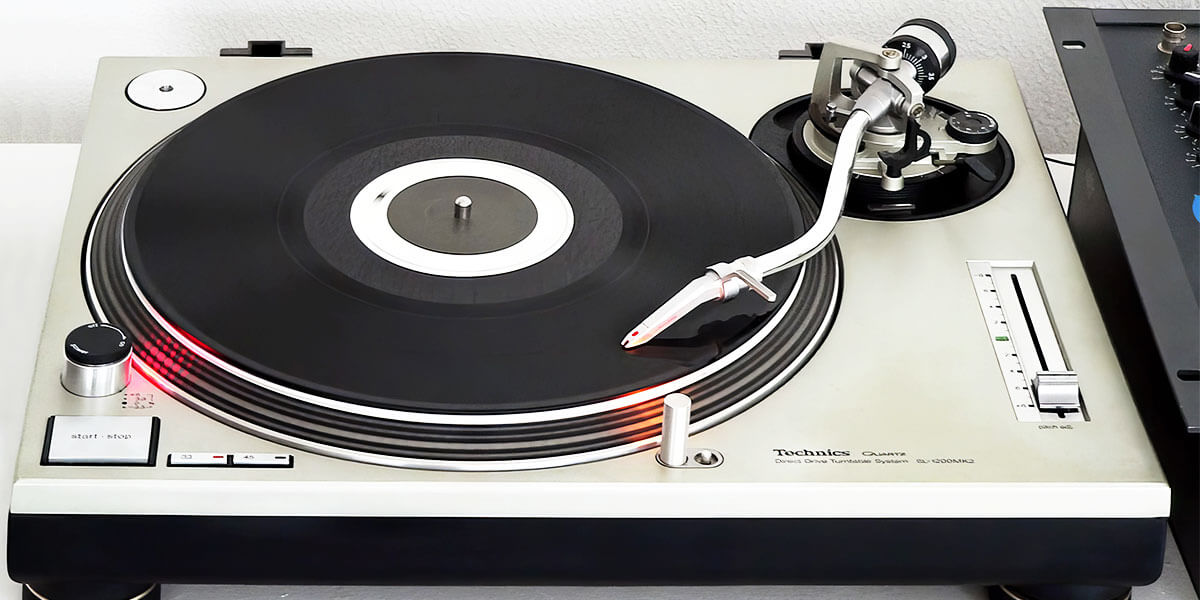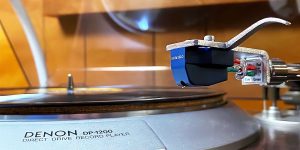Turntables are as popular today as they were in their heyday. When diving into the world of vinyl, one important decision every enthusiast grapples with is the choice between a direct drive vs a belt drive turntable. Both have their unique attributes and subtle nuances that can impact the listening experience. In this article, I’ll share the pros and cons of each type, guiding you through their characteristics and helping you determine which suits your sonic preferences best.
Direct-drive turntables
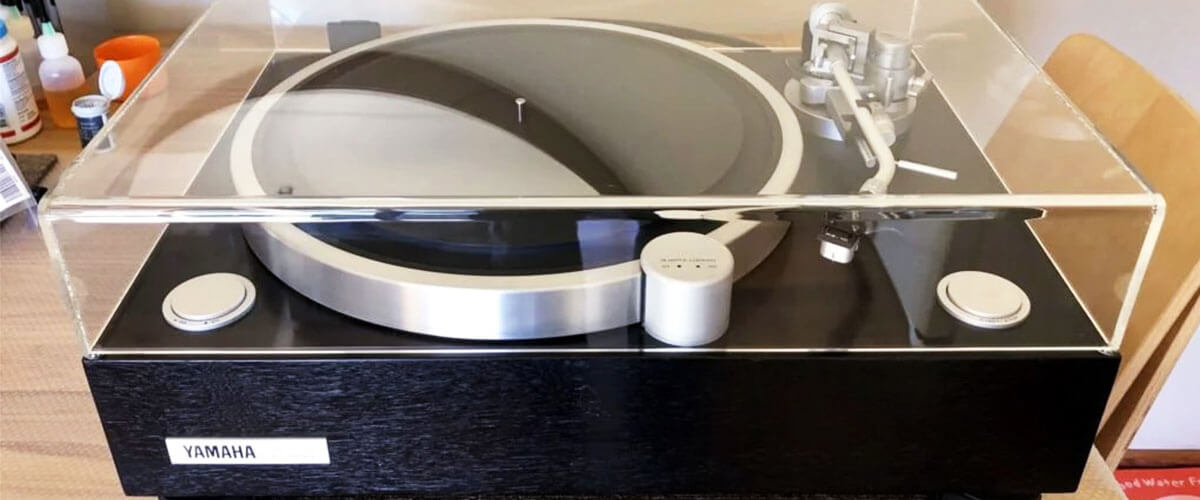
A direct-drive turntable is defined by its motor design. Unlike belt-drive turntables, where the platter is powered through an elastic belt connected to a motor, in direct-drive turntables, the platter is part of the motor itself, leading to direct rotation without any external belts or gears.
- Key characteristics:
- Speed stability: One of the biggest advantages of direct drive is consistent speed stability. This ensures that the playback speed (be it 33, 45, or 78 RPM) remains constant, reducing fluctuations in pitch.
- Torque: Direct-drive turntables tend to have a higher torque, which means they can reach the desired speed quickly and resist external forces (like a DJ’s hand scratching) better.
- Popular brands and models:
- Technics: The SL-1200 series is arguably the most renowned direct-drive model, especially popular among DJs for its durability and high torque.
- Pioneer: Another heavy-hitter in the DJ world, with models known for precision and reliability.
- Common misconceptions and drawbacks:
- Less “audiophile” grade: Some purists believe that belt drives offer a more authentic sound quality. However, this is subjective, and many DJs and listeners prefer the direct drive’s consistency and reliability.
In summary, when weighing the belt-drive vs direct-drive turntable debate, direct-drive turntables offer a level of precision and reliability, making them a favorite in professional settings.
Belt-drive turntables
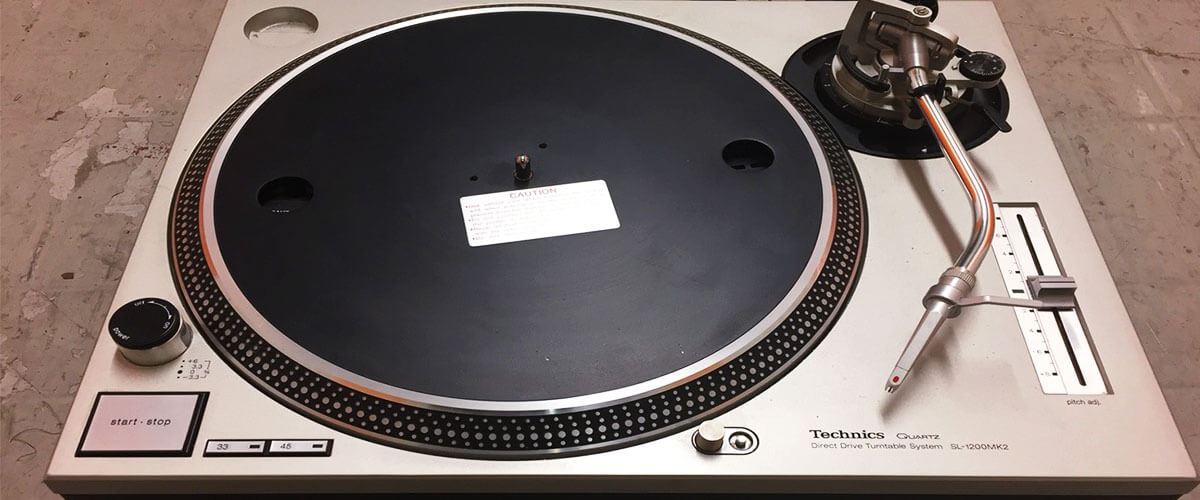
Belt-drive turntables operate with a slightly different mechanism than their direct-drive counterparts. In these systems, the platter’s rotation isn’t powered directly by the motor but instead by an elastic belt that connects the two.
- Key differences from the direct-drive:
- Motor isolation: The belt acts as an intermediary, which means motor vibrations are less likely to interfere with the platter.
- Start-up time: Belt drives tend to have a slower start-up speed due to the nature of the belt mechanism.
- Advantages of belt-drive:
- Reduced vibration and noise.
- Gentler on vinyl: With less direct motor interference, some argue belt drives can be gentler on records over time.
- Popular brands and models:
- Pro-Ject: Renowned for their Debut series, offering a blend of performance and aesthetics.
- Rega: British brand is known for high-quality belt-driven models like the Planar series.
- Potential drawbacks:
- Maintenance: Belts can wear out over time and need replacement.
- Speed Consistency: Some might experience speed variations if the belt becomes loose or worn.
Audio quality comparison
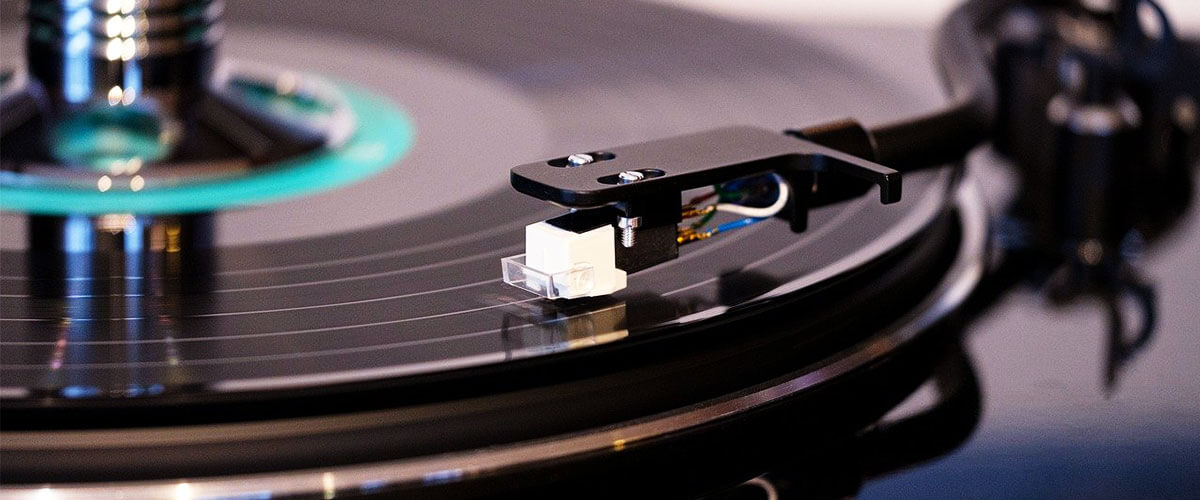
When evaluating the audio quality in the belt vs direct drive turntable debate, several factors come into play. Let’s break down the influence of each type on sound quality using these key parameters:
| Factor | Direct drive | Belt drive |
|---|---|---|
| Speed accuracy | With its direct mechanism, speed remains more consistent, ensuring a stable pitch. | Belt wear or stretching can lead to slight speed variations, potentially affecting pitch over time. |
| Wow and flutter | Generally low due to the direct motor connection, but can vary depending on the quality of the turntable. | Often have lower wow and flutter because of the isolated motor, but again, the belt’s condition can influence this. |
| Signal-to-noise ratio | Direct mechanisms might introduce more motor noise, slightly reducing this ratio in some older models. | Typically have a higher signal-to-noise ratio due to the belt’s buffering effect, leading to clearer audio with less background noise. |
| Listening experience | A DJ spinning a classic dance track might appreciate the torque and quick start-up. | An audiophile playing a jazz vinyl might relish the nuanced tones and reduced motor noise. |
Practical сonsiderations
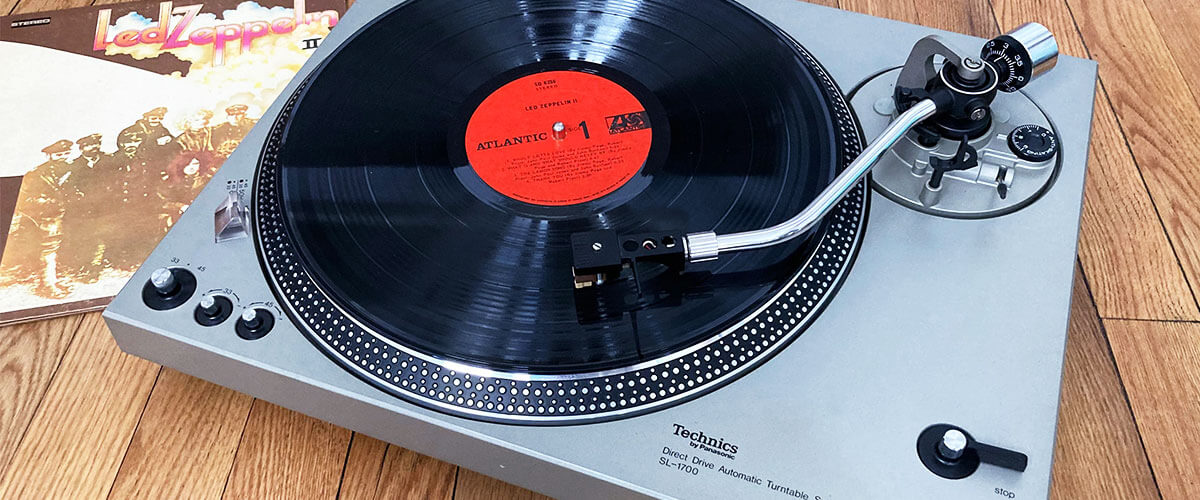
Choosing between direct-drive and belt-drive turntables goes beyond just audio quality. Understanding the difference between belt-drive and direct-drive is important. Here are some practical factors that can influence your decision:
- Budget: Direct-drive turntables, especially those catering to DJs, can sometimes come at a premium due to their robust build and high torque.
- Usage:
- DJs: A direct-drive’s quick start-up and high torque make it more suitable for scratching and mixing.
- Home Listening: If you’re solely focused on immersing yourself in music, a belt-drive’s reduced motor noise might appeal more.
- Maintenance: Belt-drive turntables may require periodic belt replacements, especially if used frequently. Direct-drives, with fewer wearable parts, typically demand less maintenance.
Popular misconceptions associated with a drive type
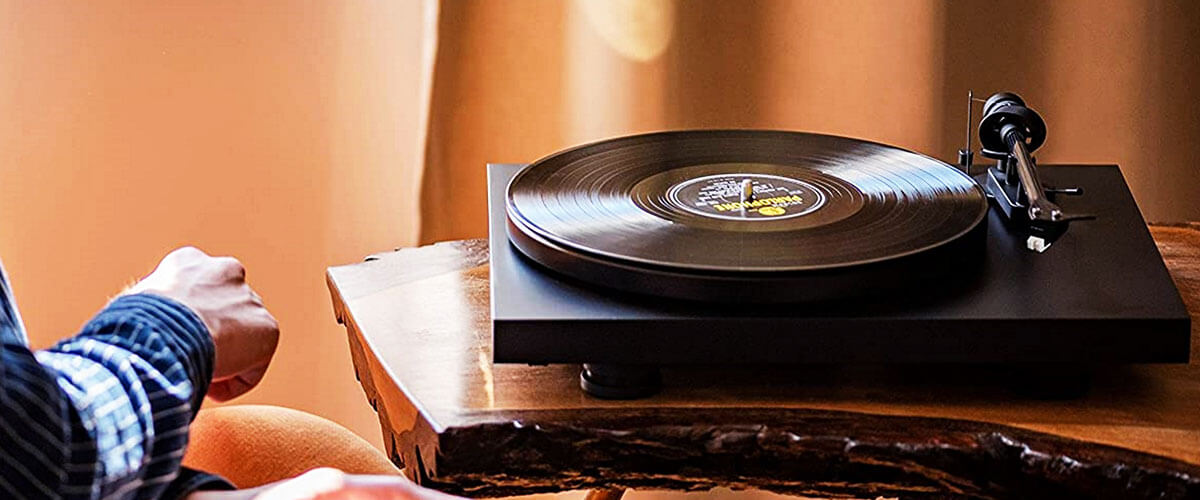
Direct-drive turntables are always better for DJs
While direct-drive turntables are commonly favored by DJs due to their high torque and speed stability, they aren’t exclusively meant for DJs. Many audiophiles also appreciate the qualities of direct-drive turntables for home listening.
All belt-drive turntables are manual
Though many belt-drive turntables are manual, necessitating the user to manually lift and place the tonearm, there are also belt-drive turntables with automatic or semi-automatic functionalities.
Direct-drive turntables always suffer from motor noise
Some older models of direct-drive turntables might have had motor noise issues, but modern direct-drive turntables have significantly improved in this aspect.

